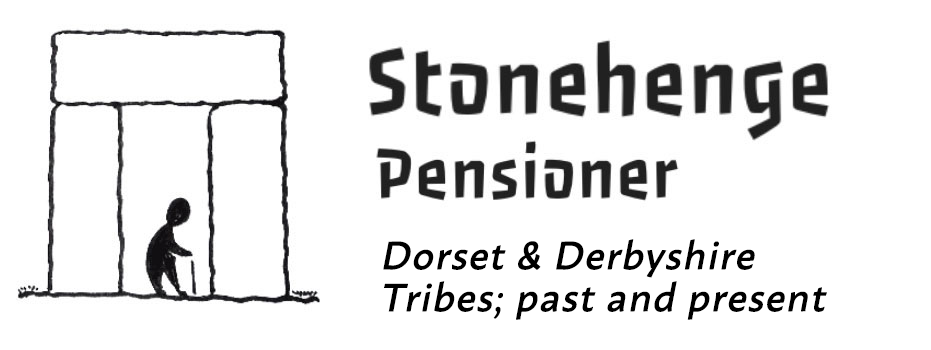Chalk From The Neolithic To Modern Times
Chalk is familiar to us in the white cliffs of Dover. They are notable because chalk is relatively rare around the world and gives our island a unique appearance. The use of chalk from the Neolithic to modern times might surprise you. If you eat white bread or rolls in Britain then you are eating chalk every day. It is a form of limestone, a calcium carbonate, and it is regularly used to fortify white flour. Some might be in our toothpaste and even in those antacid tablets you take, like Tums. Add in ice cream and face powder and you have chalked up quite a list. Using chalk, we are really consuming the calcium shells of tiny sea creatures from the past. Zuri, the star of my book, did not know that, but what did chalk mean to her?
White is purity
People in the Neolithic used chalk and appear to have valued its whiteness. For instance, to outline the width of the 1.7 mile avenue, the walkway from the River Avon to Stonehenge they cut ditches in the chalk. They dug ditches in other soils so you might argue that a ditch is a ditch. But, there is clear evidence that they returned to those avenue ditches to re-cut them. This is assumed as a deliberate act to expose fresh white chalk. Its astounding whiteness, perhaps even the shells it contains, had a supernatural impact. The chalk might have been seen as a gift from the gods, particularly if they recognised chalk as the creator of their sparkling springwater. The springs and water seem to possess a spiritual meaning to these early people. The high calcium content, which they could not understand, was perhaps the ‘healing’ quality of Stonehenge.
Chalk from the Neolithic to modern times
We modern people no longer understand the natural world. We use white flour and antacids ignorant of the fact that it contains ‘soil’. Few of us know what soil lies under our houses. Neither do we understand whether that soil is acidic or alkaline. Zuri knew these things simply because she recognised what grew, and where. Without our science she knew her way around her world much better than we do. She was aware that flint was found in chalk. Like me, every day she looked across to The Needles in my photo, but what did the white chalk pillars mean to her?




